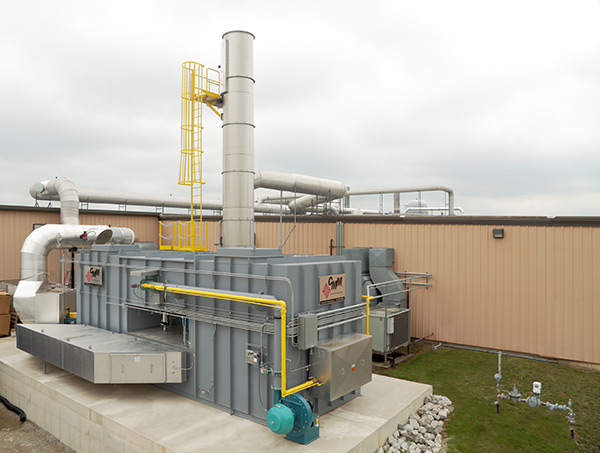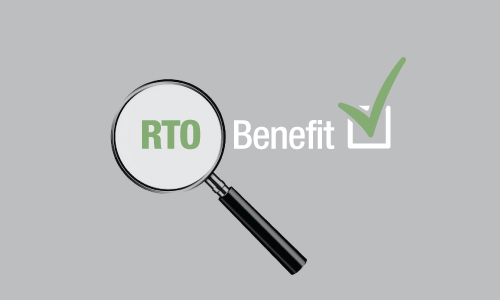When running a factory, there are dozens of regulations that you have to adhere to in order to guarantee that your plant has an all-around positive impact.[1]
Many of these regulations revolve around managing all types of waste generated by a factory, including air pollutants. Regenerative thermal oxidizers have become one of the most effective methods to treat air pollutants and other hazardous emissions in a wide variety of manufacturing facilities, allowing them to stick to the established regulations while keeping operating costs low.
Volatile Organic Compounds and Hazardous Air Pollutants
Volatile organic compounds, or VOCs, are dangerous air pollutants that can be created as a result of different industrial processes. These hazardous emissions are toxic for humans. They can result in severe health complications when concentrated indoors.
Under certain circumstances, volatile organic compounds can result in the production of visible smog, severely affecting the environment when found in large concentrations outdoors.
Hazardous Air Pollutants (HAPs) are another type of airborne contaminant. The main difference between VOCs and HAPs are that the latter has a bigger impact on human health, although they also affect the environment. Emissions categorized as HAPs have either been proven or are suspected of causing cancer, birth defects, and other health complications.
Organizations such as the EPA have developed best practices designed to mitigate the impact of VOCs and HAPs on our environment. Factories and mills have to adhere to these regulations in order to assure that they are not posing a health and environmental risk. This is where regenerative thermal oxidizers come in.
Advantages of Implementing Regenerative Thermal Oxidizers

Regenerative thermal oxidizers employ thermal efficiency technology and this seemingly simple airflow design offers a set of benefits that make them more energy efficient when compared to other oxidizers. These can be summarized in 5 key points:
Excellent VOC and HAP Destruction Rates
Regenerative thermal oxidizers have high VOC destruction rates. They also only produce heat, water, and carbon dioxide as by-products. In addition to this, they tend to be extremely reliable, and can be designed and sized to grow with your company.
Case Study: RTO Installation in China Destroys VOC Emissions By 98%+
Cost-Effective
As we mentioned before, RTOs tend to have low operating costs. This is because they reuse heat generated as part of the VOC / HAP destruction process. Polluted gas is preheated before it enters the oxidation chamber, reducing the amount of energy needed to attain high temperatures.
Requires Specific Circumstances
Plants that produce clean VOCs and have high volume airflows are the perfect match for regenerative thermal oxidizers. A few examples of excellent candidates for these systems include:
- Paint manufacturing
- Web coating & laminating
- Flexographic & heat-set printing
- Pharmaceutical
Simple Design
Not only are RTOs extremely energy efficient, but they are also very practical. They feature a simple design that rarely requires any repairs and upkeep, while still maintaining optimal performance.
High Thermal Efficiency
RTOs are so cost-effective because they can achieve as much as 97% heat recovery, under the right circumstances. You only need to provide a minimal amount of fuel, so they tend to reduce operating costs when compared to other oxidizer designs while still destroying a large percentage of HAPs and other pollutants.
To Finalize
Volatile organic compounds and other air pollutants can cause irreparable damage to our health and environment. Following EPA regulations is extremely important to achieve sustainability, and to have an overall good impact on our planet.
To find out more about RTO design and installation for your manufacturing plant, contact The CMM Group. Fill out our online contact request or by give us a call now.




